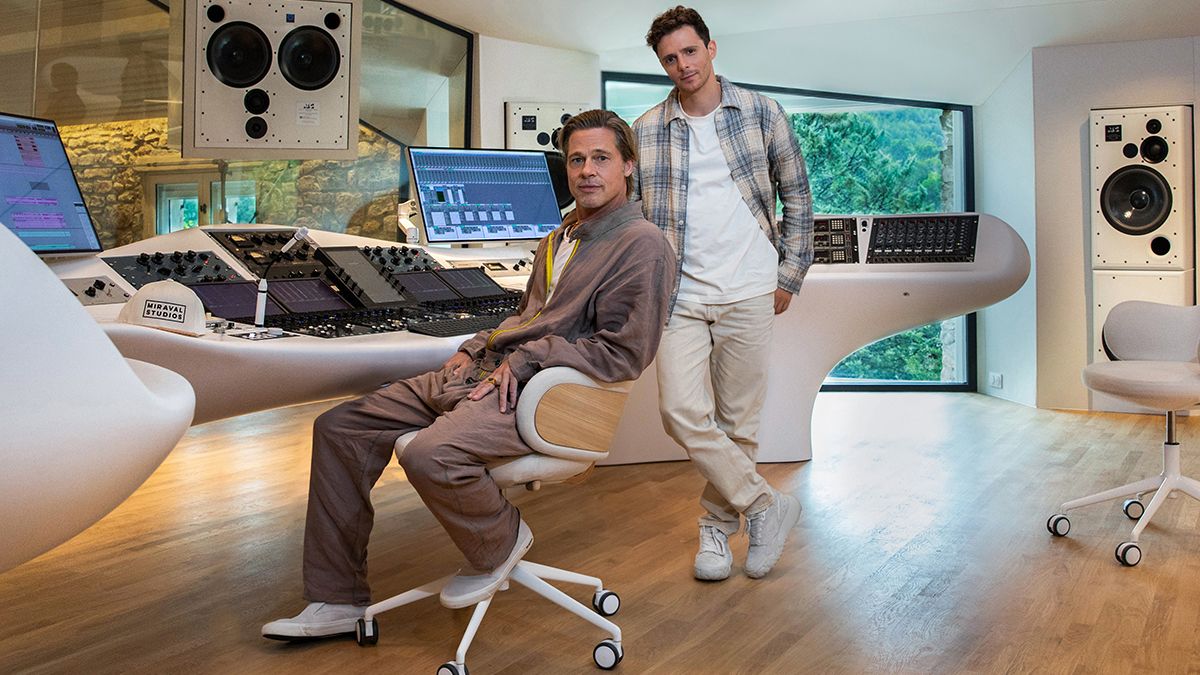
Although Bitwig doesn’t offer Audio Units support in OS X, the plug–in hosting is formidable. Even conventional devices like the bundled Reverb and Distortion have effects slots for hosting other processes. Likewise, Drum Machine will host separate virtual instruments for each of its virtual pads if you so wish. One, called XY Effect, can load up to four other plug–ins and let you flexibly decide the level of signal flow into each with a graphical handle. Many are ‘containers’ that host other plug–ins on your system. Then there are the unexpected abilities of some of Bitwig Studio’s own bundled plug–ins. Plug–ins run ‘sandboxed’, so that if they crash, they don’t take the whole application with them. Also, somewhat miraculously perhaps, Bitwig Studio will host 32– and 64–bit VST plug–ins simultaneously, so all your quirky old freeware and discontinued favourites can live on here. This all stems from the Bitwig Studio concept that all tracks are, fundamentally, audio sources: there’s no such thing here as a pure MIDI or instrument track, handling only note data.

Even effect and master tracks can contain audio or note clips. The idea seems more about providing multiple ways of working, all of them equally valid.īitwig’s tracks have a uniquely chameleon–like quality, with instrument tracks capable of hosting audio regions, and audio tracks of hosting note data - the result is a so–called Hybrid track. The two systems work in harmony with each other, and it’s important to note that you are not bound to use the clip–based sequencing features unless you want to. Equally, linear sequenced material can be dragged over into the clip launcher. DJs, for example, could run long sets from it, with no fixed idea about duration or finish time, while in the studio, the results of clip–based improvisation can be recorded into the linear arrangement for detailed editing later. Working like this, there’s no obvious time ruler or playback cursor, and it lets you build up complex multitrack productions in real time. You can record into the grid slots, too, while other clips play back.
Bitwig studio recording mono full#
Here, audio regions and note data are represented in a big grid full of self–contained clips that can be triggered rhythmically and in sync with other material. This is the aspect that everyone compares to Ableton Live, and in case the concept is unfamiliar, it revolves around a part of the user interface called the Clip Launcher. Where it’s not like every other DAW is in its use of a clip–based sequencer alongside a more conventional linear timeline.

Beneath, the bundled Polysynth instrument isn’t blessed with a particularly sexy graphic interface, but is surprisingly potent. The Mix view with its integrated clip launcher. It also has user–tweakable audio time–stretching, transposition and transient detection built in at a fundamental level, so you can record audio at one tempo and subsequently play back at another, and easily conform loops to work better in mismatching tempos and keys, among other things.

It’s got a dark–hued, single–window graphical interface with configurable inspector and browser panels, and uses drag–and–drop principles much more than menus and dialogue boxes - all bang on–trend. It hosts its own bundled effects and instruments (of which there are 62, if you take into account various MIDI and modulation tools) as well as VST plug–ins. Meanwhile, if you want a potted summary right now, here it is.įundamentally, Bitwig Studio is a DAW like many others: it has audio and instrument tracks, a sophisticated signal-routing environment, a mixer and a transport. Also, swing by and have a look at some of the videos and other information there. Nick Rothwell reviewed the launch version of Bitwig Studio in SOS June 2014 issue and I thoroughly recommend a read of that if you want to understand its workings in detail. Could it be the DAW for you? Bit Reduction Most interesting of all, it has some really distinctive and interesting capabilities that set it apart from its competitors. And yes, the name is memorably quirky! However, as I hope will become clear over the course of this review, Bitwig Studio very much stands on its own merits, and is not overtly copying anything or anyone. Some aspects do bear comparison with Live. On a superficial inspection, it might appear to be some sort of Ableton Live wannabe with a slightly comical name and yes, some of the people behind Bitwig Studio are indeed former Ableton employees.

Bitwig studio recording mono mac os#
These components and others can be split off to suit multi–monitor systems.īitwig Studio might be the newest kid on the DAW block - but it’s growing fast!īitwig Studio is a cross–platform DAW that has been around for a couple of years now on Windows, Mac OS and Linux. The Bitwig Studio interface in all its glory, with central Arrange view surrounded by transport, inspector, device panel and browser.


 0 kommentar(er)
0 kommentar(er)
